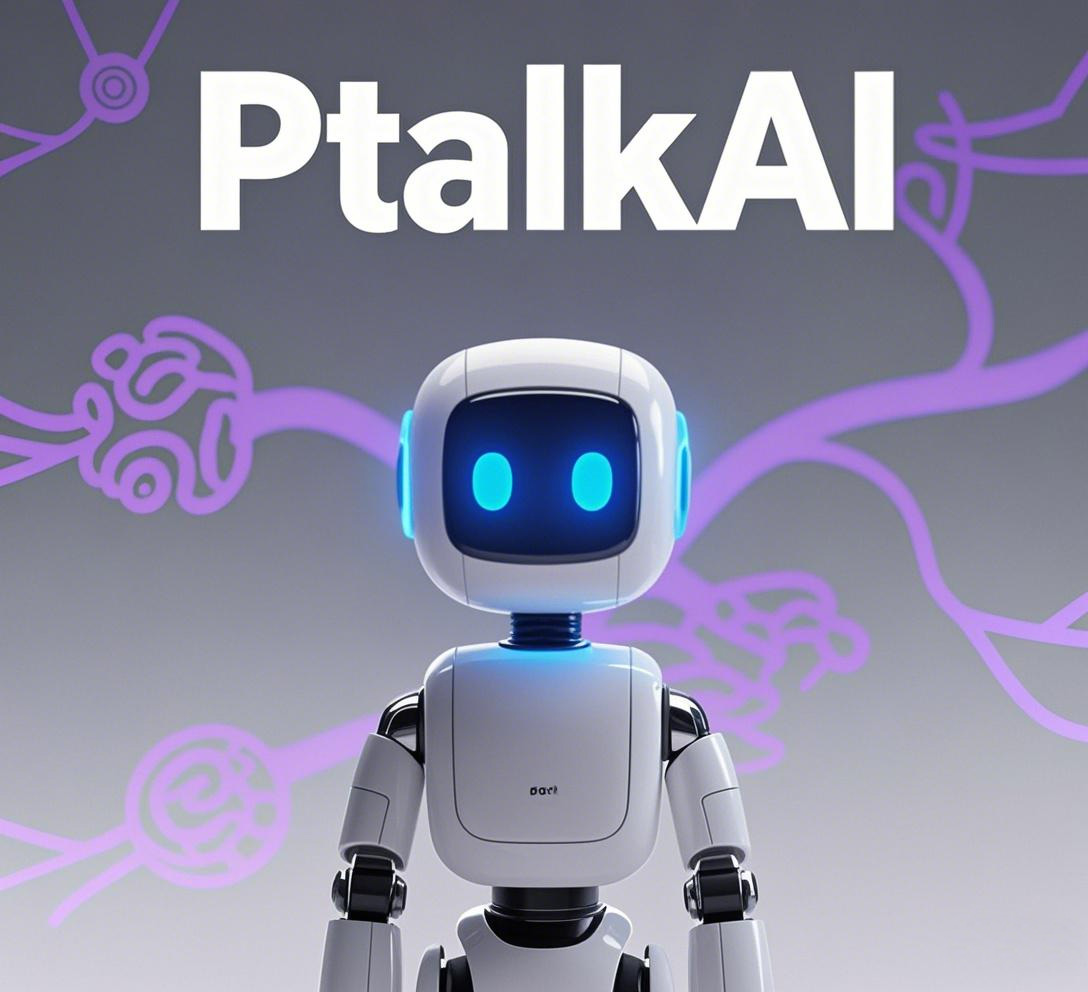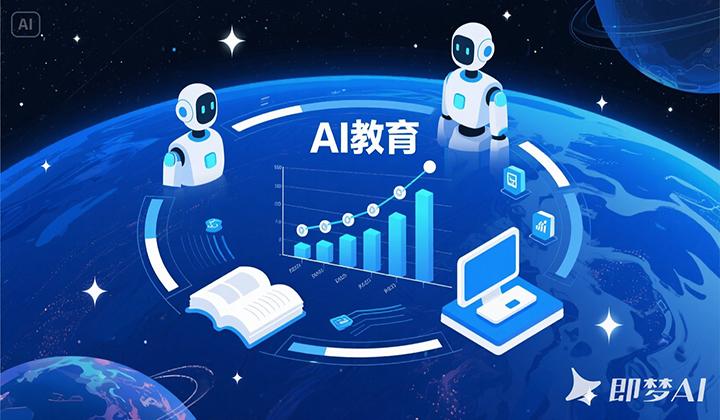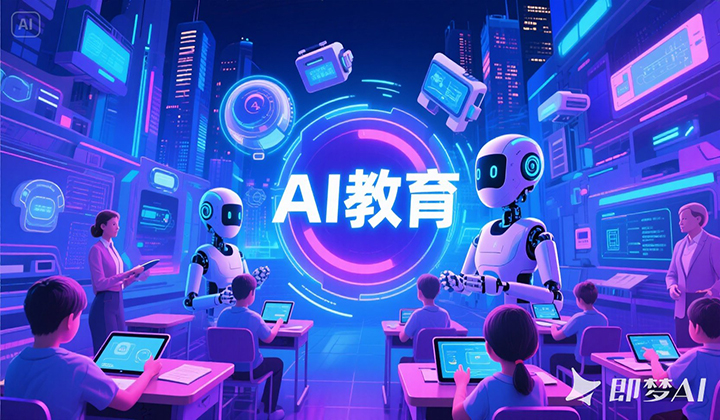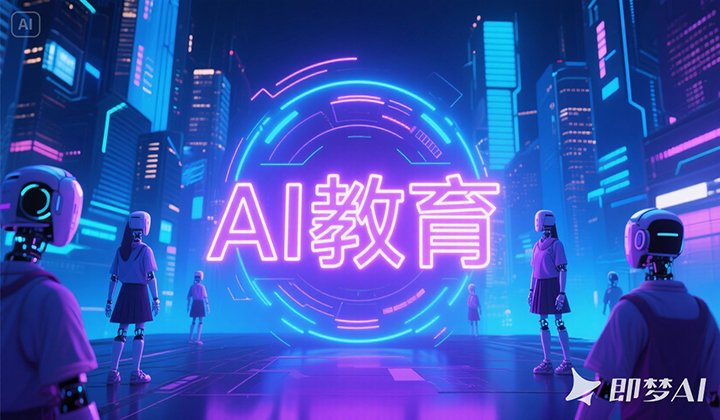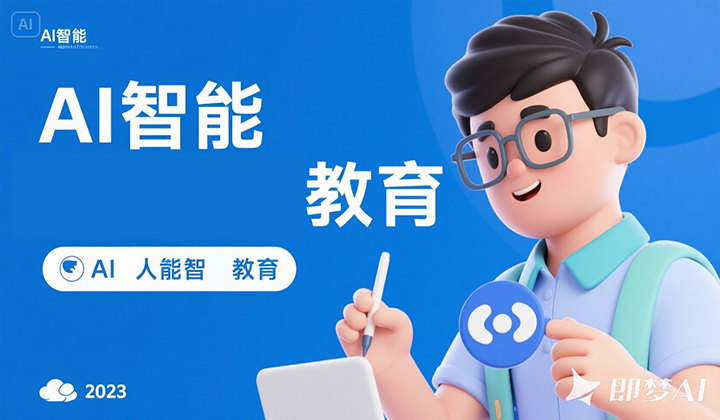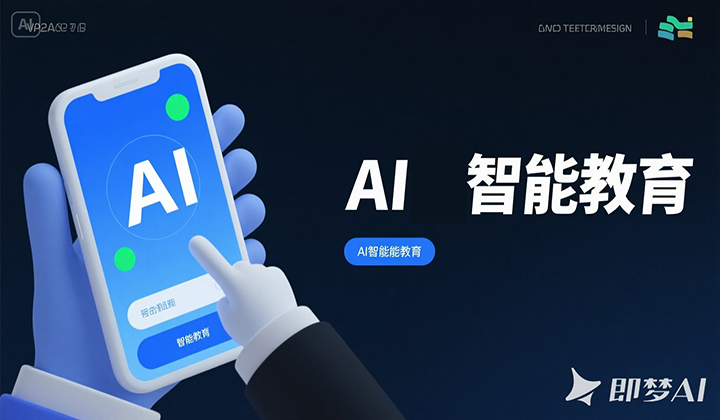Empowering Preschool Education with AI: Unlocking New Growth Possibilities
In an era where artificial intelligence deeply integrates into social life, its application in preschool education is constantly breaking boundaries. From optimizing sensory integration training for young children to revolutionizing the way educational stories are told, AI is unlocking unprecedented developmental opportunities for children's growth.
AI provides intelligent solutions for children's sensory integration training. The coordinated development of young children's vision, hearing, touch, and other senses is crucial for their growth, but traditional training methods often lack precision and fun. AI-based intelligent sensory training systems capture real-time physical feedback data from children during activities like movement and touch through sensors, accurately analyzing their sensory development levels. For example, in tactile training, the system controls intelligent teaching aids with different textures to interact with children, adjusting the aids' characteristics based on their touch responses to enhance training effects. In spatial perception training, it combines VR technology to build dynamic maze scenarios where children explore through physical movement, with the system tracking motion data and providing instant guidance, making sensory training more targeted and engaging.
AI has innovated the narrative model of preschool education, making knowledge transmission more appealing. Traditional educational stories often follow fixed scripts, but AI-driven interactive story systems break this limitation. When listening to stories, children can change the plot direction through voice commands—for instance, choosing different routes in an adventure story to trigger varied developments. AI also adjusts the narrative style according to children's emotional changes: slowing down the pace and adding soothing content when they show tension, or increasing interactive links when they are enthusiastic. This personalized, dynamic narrative approach not only enhances children's sense of participation but also cultivates their autonomous decision-making abilities.
Furthermore, AI has constructed a sustainable feedback loop in preschool education. In the past, educational feedback relied mainly on periodic assessments, which were lagging. Today, AI establishes dynamic growth profiles by continuously collecting behavioral data from children in classrooms, games, and daily life. Teachers and parents can view real-time trends in children's language expression, mathematical thinking, emotional management, and other domains, identifying issues promptly and adjusting educational strategies. Meanwhile, AI incorporates the effectiveness data of educational adjustments back into analysis, forming a closed loop of "data collection—strategy formulation—effect evaluation—optimization," driving continuous improvement in preschool education.
Of course, AI's application in preschool education faces challenges: over-reliance on smart devices for sensory training may reduce children's contact with the real environment; interactive stories without proper guidance can lead children into disordered imagination; and issues like data privacy security and algorithmic bias cannot be ignored.
As AI deeply integrates with preschool education, it represents more than just an upgrade of educational tools—it signals a revolution in educational concepts and models. Only by rationally utilizing AI technology and balancing technological application with educational essence can children gain higher-quality and more comprehensive growth experiences in the intelligent age.






